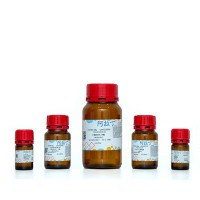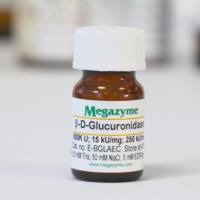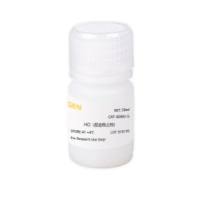Agglutination Assays
互联网
Agglutination Assays
REFERENCE: Lanyi, B., and T. Bergan. Methods in
Microbiology, Vol 10: 93-168.
BACTERIAL AGGLUTINATION:
Bacterial agglutination is performed using either P.
aeruginosa cells autoclaved at 120o C for 1 hour, then centrifuged and resuspended in saline or live P. aeruginosa cells grown to mid log phase, then centrifuged and resuspended in saline. (For either method
resuspend the bacteria so the concentration is 5 X 108 bacteria/ml.)
In both methods the cell preparations are incubated with serial dilutions of antiserum for 1 hour at 37o C. The agglutination of live cells is characterized by a coarse granular bacterial clumping, as opposed to the finer granular clumping of heat-killed P. aeruginosa with homologous LPS O-antigen-specific serum. Bacterial agglutination is scored on a scale of +1 (weak agglutination) to +4 (strong reaction). The agglutination can also be performed on glass slides using a drop each of antiserum and bacterial preparation, and the results observed after 3 to 5 minutes.
PASSIVE AGGLUTINATION:
Passive agglutination is performed using tanned sheep
red blood cells and P. aeruginosa LPS (heated for 1 hour at 100o C prior to use). Sheep erythrocytes are washed three times in saline (0.9% NaCl), adjusted to 4% erythrocytes (v/v) in PBS, pH 7.5 and 2.5mg of tannic
acid in 50ml PBS is added to 50ml of the cell suspension.
After a 15 minutes incubation at 37o C with occasional mixing, the cells are centrifuged (100 x g for 20 minutes) and washed with 100ml PBS. One half of the cells are kept as a control in PBS containing 1mM NaN3 . To the other half of the cells, 20µg/ml LPS or protein is added, and the mixture is incubated for 1 hour at 37o C with very gentle agitation at regular intervals. The antigen-coated cells are washed three times in saline and 1mM NaN3 is added for storage at 4o C. The cells are made up to 1% (v/v) in saline before use.
Passive agglutination is performed in 96 well conical
bottom plates (Linbro, Flow Labs) using 50µl of antiserum serially diluted in saline and 50µl of 1% (v/v) antigen-coated sheep erythrocytes.
Control wells contain the antiserum and tanned, non-antigen-coated sheep erythrocytes. The plates are incubated at 37o C for 1 hour. The titre is the inverse of the highest serum dilution showing agglutination.
Non-agglutinated cells give a tight button of cells at the bottom of the well, while the agglutinated cells form a mat at the well bottom.








